
Revolutionary Genetics Research Shows RNA May Rule Our Genome
Scientists have recently discovered thousands of active RNA molecules that can control the human body

Revolutionary Genetics Research Shows RNA May Rule Our Genome
Scientists have recently discovered thousands of active RNA molecules that can control the human body
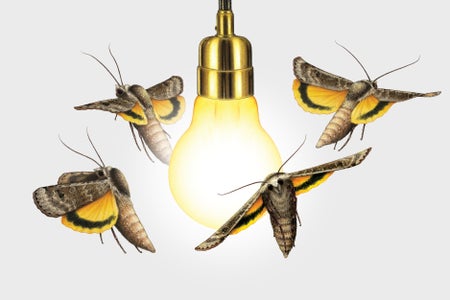
Why Insects Are Lured to Lights in the Night
Moths and other insects aren’t drawn to nighttime illumination for the reasons we think they are

Belugas Flirt and Fight by Morphing Their Squishy Forehead
Scientists are putting together a catalog of communications from belugas’ forehead “melon”
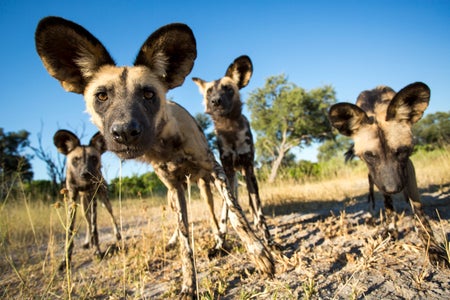
Puppy-Dog Eyes in Wild Canines Spark Rethink on Dog Evolution
The eyebrows of the African wild dog have scientists wondering whether other canine species besides domestic dogs can make the irresistible “puppy-dog eyes” expression
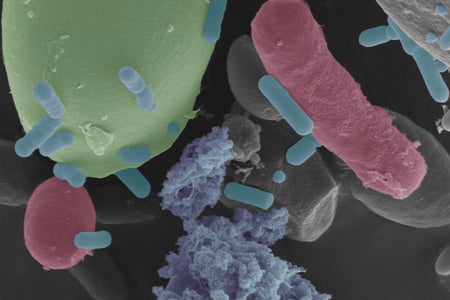
See What Gives Sourdough Its Distinctive Taste and Smell
You can thank yeast and bacteria cultivated over generations for the distinctive taste and smell of the oldest leavened bread in history

China’s Population Could Shrink to Half by 2100
Is China’s future population drop a crisis or an opportunity?
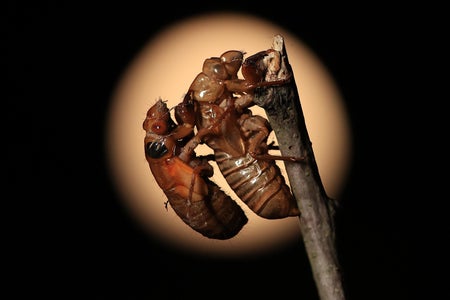
Can You Eat Cicadas? Can Your Dog Do So?
Here’s what a chef, a vet and two anthropologists have to say about eating periodical cicadas

We Are in the Golden Age of Bird-Watching
There has never been a better time to be or become a birder
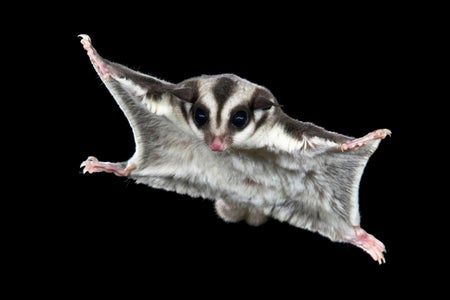
How Sugar Gliders Got Their Wings
Several marsupial species, including sugar gliders, independently evolved a way to make membranes that allow them to glide through the air
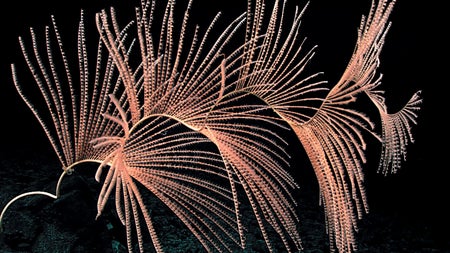
Glow-in-the-Dark Animals May Have Been around for 540 Million Years
Ancestors of so-called soft corals may have developed bioluminescence in the earliest days of deep-ocean living
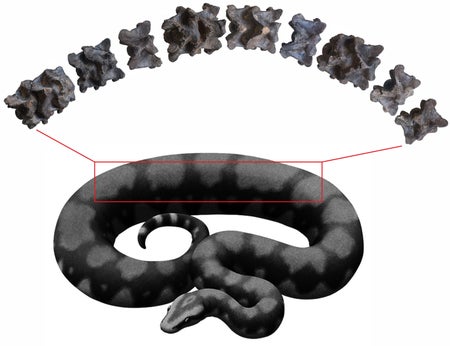
This Nearly 50-Foot Snake Was One of the Largest to Slither the Earth
Fossilized vertebrae that were found in an Indian coal mine belonged to a gigantic and previously unknown snake species

The Evolution of a Big, Ugly Cry
Uncontrollable sobbing is uniquely human, and it may be our emotions running out of our faces, a way to connect us with other people